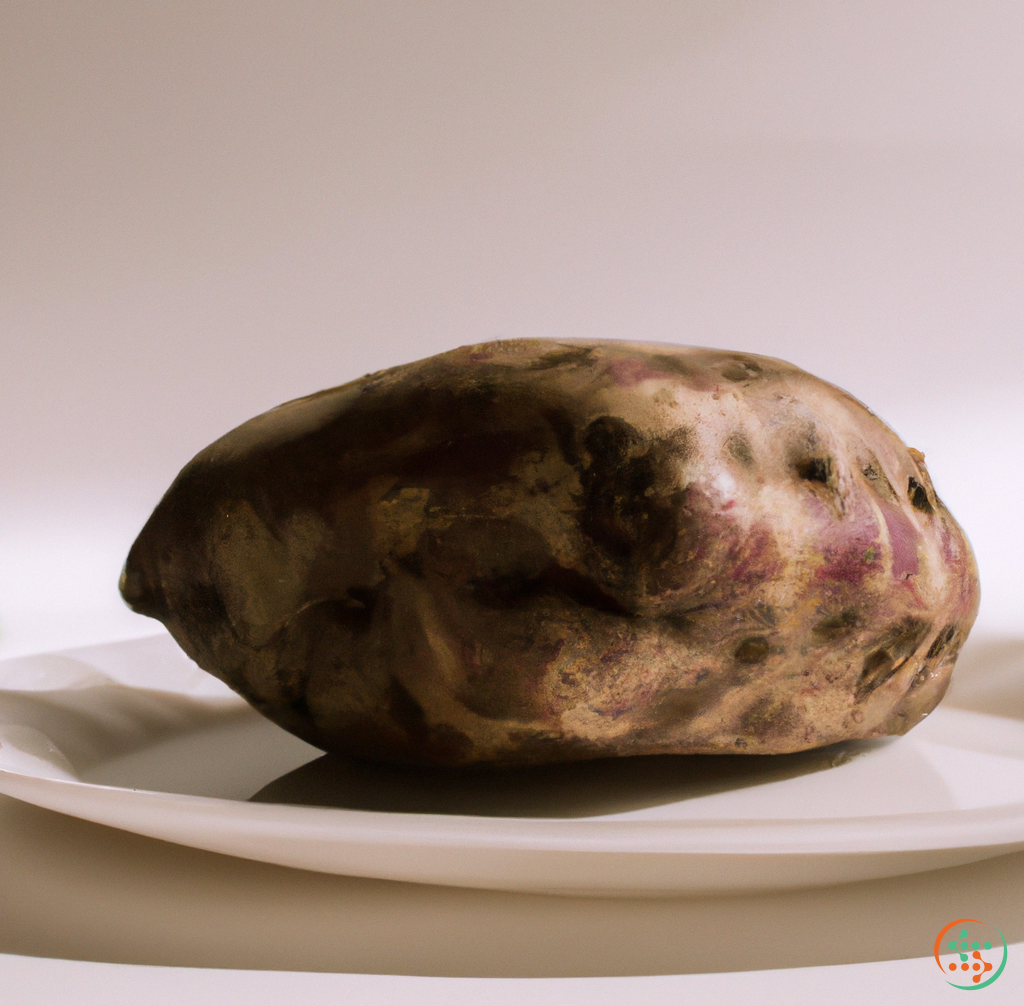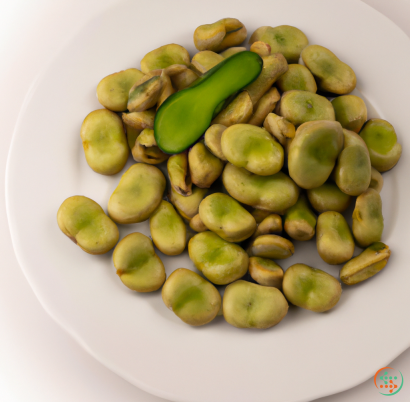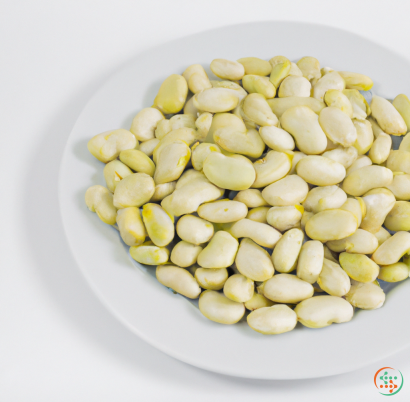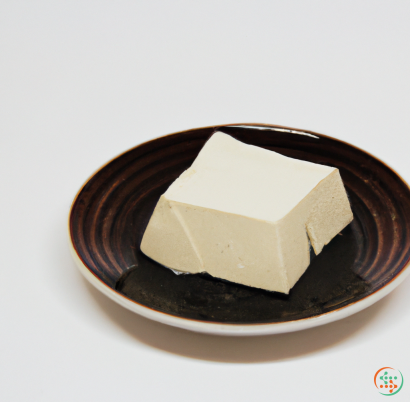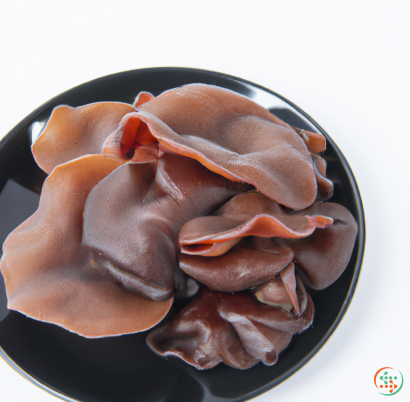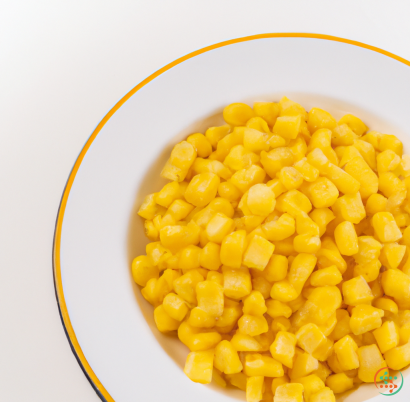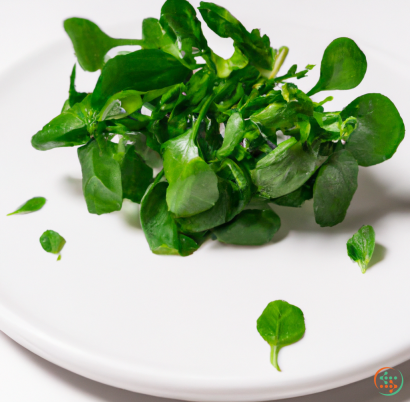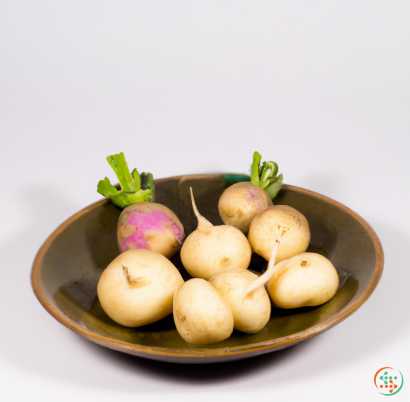Yam
What is a Yam?
A Yam is a type of starchy root vegetable that's related to lilies and grasses and is grown in tropical and subtropical regions across the world. It's one of the oldest known cultivated crops and has been around since ancient times - as far back as 8,000 BC in South America. Yams are a versatile ingredient that's widely available in supermarkets and can add flavor, texture, and nutrition to any meal.
Yams are a close relative of the sweet potato and are often confused for each other, but they're actually quite different. Although yams look very similar to sweet potatoes, they have a different taste, texture, and nutritional profile. Yams have a dry, starchy texture and are often used in savory dishes, while sweet potatoes are sweeter, moister, and usually cooked as a side dish or in desserts.
Nutritionally, yams are a rich source of vitamins, minerals, and dietary fiber. They contain high levels of potassium, which is important for maintaining healthy blood pressure, as well as manganese, which is important for nerve and muscle function. Yams are also a good source of Vitamin B6, Magnesium, and even Vitamin D.
Yams have a unique flavor that’s slightly sweet with a hint of earthiness, making them a welcome addition to any meal. They have a mild, slightly sweet taste and a soft, creamy texture when cooked, making them an excellent source of comfort food. They can be boiled, steamed, mashed, or used as a topping for salads, soups, and stews. In some cultures, yams are also used to make bread, pancakes, and even desserts.
Yams are generally available year-round in many grocery stores, but they're typically at their peak during the fall months. Look for yams that are firm, smooth-skinned, and free from blemishes or other damage. Avoid any yams that have soft spots or wrinkled skin, which indicate that they're old or spoiled.
It's important to store yams properly to ensure that they stay fresh. Place them in a cool, dry location and keep them away from direct heat or sunlight. Properly stored yams can last up to several weeks.
When cooking yams, it's important to consider the texture and flavor of the dish. Boiled or steamed yams are softer and are best suited for dishes like soups and stews, while fried yams retain more of their texture and flavor and are great for dishes like yam fries. Alternatively, mashed yams are a great comfort food, and their flavor and texture make them an ideal topping for salads or breads.
Yams are an incredibly versatile ingredient that can be used in a variety of dishes, from savory to sweet. From traditional favourites to experimental creations, yams are sure to add flavor, nutrition, and texture to any meal.
When people think of a yam, they often envision a fluffy, carbohydrate-packed spud on their dinner plate. What they don’t think about is the time, energy, and labor that it takes to create a yam, or the many steps it takes for the yam to travel to the plate. In this blog post, we will explore the entire life cycle of a yam and how it goes from a seed to a dinner plate.
Yam Plant Propagation
Yams are the underground storage organs of certain species of monocotyledonous plants in the family Dioscoreaceae. They are not to be confused with sweet potatoes, which are technically from the Ipomoea batatas family. Yams produce large tubers and can require anywhere from 5 to 10 months to mature fully. There are over 600 varieties of yams and most are easy to grow.
Yam cultivation begins with propagation – the production of more plants by seeds, cuttings, grafting, or other means. World-wide producers have learned that yams need to be planted during specific weather conditions, which is why they should be planted around the spring season, or six to eight weeks before the onset of the rainy season.
Yam seeds are typically propagated as tuber buds and shoots, which are knots or protrusions on a yam tuber that turn into new roots and stems when buried. The buds are then covered lightly with soil and watered regularly until a vegetative shoot appears. Eventually, the shoot grows fiberous roots and two to three smaller stems called slips. The slips are then removed from the plant and can be replanted with their buds facing downward.
Harvesting Yams
Harvesting is one of the most labor-intensive stages of yam production. It is generally done by hand and can be quite dangerous due to the extended size and weight of the tubers. Depending on the variety, the yams are harvested anywhere from 5 to 10 months after planting. Yams are considered ready to pick when the leaves at the top of the vine starts to dry out.
Once harvested, the yams should be washed and sorted according to size and variety. Then, they should be stored in a clean, dry environment until they are shipped out or prepared for market.
Packing and Shipping Yams
Packing and shipping is one of the most important steps in bringing yams to your dinner plate. This process largely depends on the variety, since different yams have different resistance to damage. In general, though, yams should be placed in wooden or plastic crates and lined with padding to minimize damage in transit. Crates should also be labeled with the variety and size of yam inside.
Once the yams are packed, they should be transported to market or to the consumer. This is typically done by lorries, trailers, or ships, depending on the quantity and distance of the shipment.
Preparing Yams for Dinner
Once the yams arrive at market, they should be brought to the proper temperature, checked for damage, and graded according to quality. Once the yams have been sorted, they can be sold fresh or processed further. They may be boiled, mashed, fried, or baked – all popular preparations in many parts of the world.
Once the yams are prepared, they can be sold fresh or preserved. Common forms of preservation include freezing, drying, and canning. These processes help extend the shelf life of the yams, allowing them to be enjoyed for longer.
Consuming Yams
Once the yams arrive at your dinner table, there are many delicious ways to enjoy them. Yams are often used in stews, soups, and casseroles. They can also be mashed, roasted, or boiled and served as a side dish. Some people enjoy baking them like a potato, while others prefer to fry them. No matter how you prepare them, yams can be a delicious and nutritious addition to any meal.
Conclusion
Yams are a nutritious and delicious food available in many parts of the world. The entire life cycle of a yam involves a great deal of time, energy, and labor, but it all pays off in the end when the yams arrive at your dinner plate. Hopefully, this blog post has provided a better understanding of the yam’s journey.
| Vitamin A | 0.006 mg | |
| Beta-Carotene | 0.073 mg | |
| Vitamin E | 0.34 mg | |
| Vitamin K | 0.0023 mg | |
| Vitamin C | 0.0121 grams | |
| Vitamin B1 | 0.1 mg | |
| Vitamin B2 | 0.03 mg | |
| Vitamin B3 | 0.55 mg | |
| Vitamin B4 | 0.0162 grams | |
| Vitamin B5 | 0.31 mg | |
| Vitamin B6 | 0.23 mg | |
| Vitamin B9 | 0.016 mg |
| Calcium | 0.014 grams |
Daily Value 1.3 g
|
| Iron | 0.52 mg |
Daily Value 0.018 g
|
| Magnesium | 0.018 grams |
Daily Value 0.4 g
|
| Phosphorus | 0.049 grams |
Daily Value 1.25 g
|
| Potassium | 0.67 grams |
Daily Value 4.7 g
|
| Sodium | 0.008 grams |
Daily Value 2.3 g
|
| Zinc | 0.2 mg |
Daily Value 0.011 g
|
| Copper | 0.15 mg |
Daily Value 0.9 mg
|
| Manganese | 0.37 mg |
Daily Value 0.0023 g
|
| Selenium | 0.7 ug |
Daily Value 0.055 mg
|
| Tryptophan | 0.012 grams | |
| Threonine | 0.052 grams | |
| Isoleucine | 0.05 grams | |
| Leucine | 0.094 grams | |
| Lysine | 0.058 grams | |
| Methionine | 0.02 grams | |
| Cystine | 0.018 grams | |
| Phenylalanine | 0.069 grams | |
| Tyrosine | 0.039 grams | |
| Valine | 0.06 grams | |
| Arginine | 0.124 grams | |
| Histidine | 0.033 grams | |
| Alanine | 0.061 grams | |
| Aspartic Acid | 0.151 grams | |
| Glutamic Acid | 0.176 grams | |
| Glycine | 0.052 grams | |
| Proline | 0.053 grams | |
| Serine | 0.079 grams |
| Total Sugars | 0.5 grams |
per 100g
|
| Palmitic acid (16:0) | 0.03 grams |
|
| Total Saturated fatty acids: | 0.03 g | |
| Oleic acid (18:1) | 0.01 grams |
|
| Total Monounsaturated fatty acids: | 0.01 g | |
| Linolenic acid (18:3) | 0.01 grams |
|
| Linoleic acid (18:2) | 0.05 grams |
|
| Total Polyunsaturated fatty acids: | 0.06 g | |
